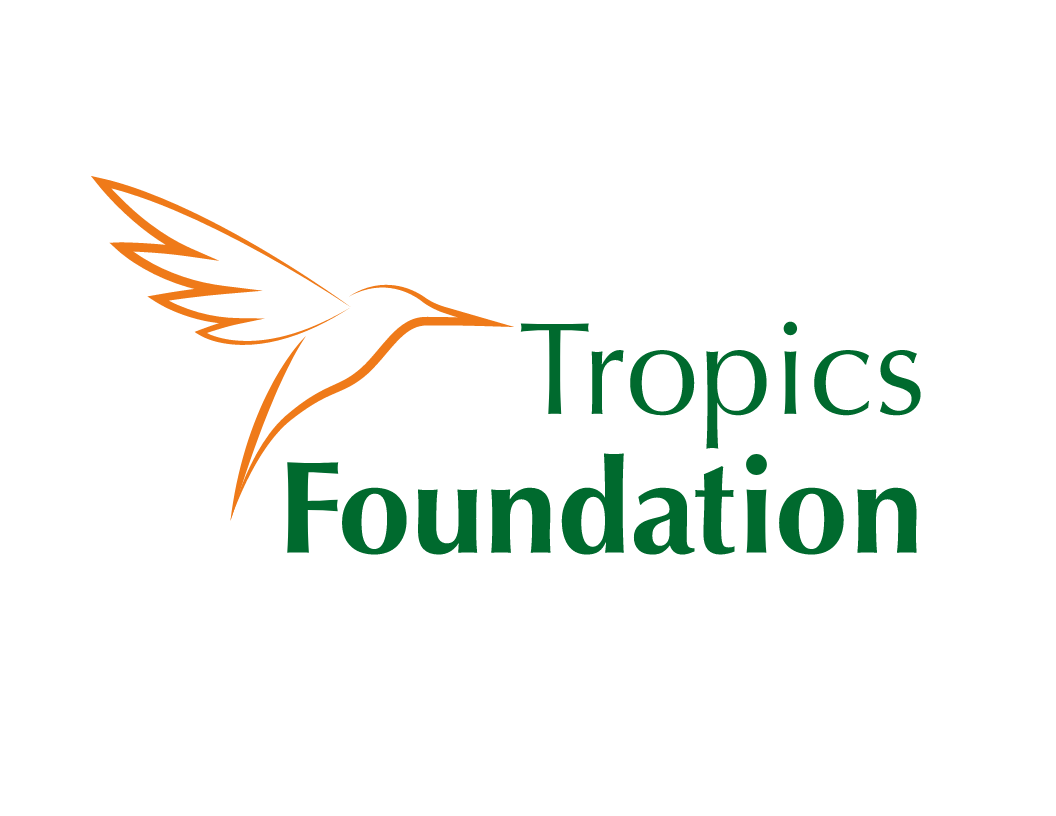CATIE Journeys: Alumni Spotlight Sam McClendon
For Sam McClendon, ‘14, exposure to “sustainability in practice” at CATIE illuminated a renewable path forward
“I feel that the hands-on studying in the field was by far the greatest advantage CATIE offered.”
Written by Katie Modic
Sam presenting at American Public Power Association presentation on Community Solar (photo credit: s. mcclendon)
Currently an Energy-Efficiency Specialist and Renewable Energy Program Coordinator for Austin Energy, Sam McClendon ‘14, manages tasks associated with the utility’s wind and solar subscription programs, and regularly conducts tours to community solar arrays. Born and raised in Dallas Texas, Sam’s love for travel started early and was later coupled with a curiosity about sustainability. After a stint teaching English in South Korea and Turkey, Sam joined the joint Masters Program in International Sustainable Tourism (MIST) offered by University of North Texas and the Tropical Agricultural Research and Higher Education Center (CATIE) in Costa Rica, combining his love for the two.
The MIST program exposes graduate students to field work in sustainable tourism. Sam’s internship with The Economics of Ecosystems and Biodiversity (TEEB) initiative in Geneva, Switzerland helped him understand the valuation of mangroves related to proposed projects in Tanzania and the Philippines. In 2015, Sam presented his research on ‘UNESCO’s Branding of Sites and Practices’ at the Research Conference in Hospitality and Tourism in Tampa, Florida and a year earlier, received 1st Place at the University of North Texas’ Consumer for Experiences Symposium with his proposal ‘Constructing a Reliable and Practical Hotel Sustainability Index’.
Why did you decide to study at UNT/CATIE?
I decide to pursue the MIST program because of the opportunities to travel, experience sustainability measures first-hand, and interact with knowable staff who are passionate about the creation and maintenance of sustainable societies.
What was your favorite part of studying at CATIE and why?
I feel that the hands-on studying in the field was by far the greatest advantage CATIE offered. While any university can provide lectures on theory and case studies, field trips around Costa Rica to various businesses and non-profits offered glimpses of and conversations about sustainability in practice.
What doors opened because of time spent at UNT/CATIE?
Studying at UNT/CATIE opened the door to the world of sustainability in general. There were so many disciplines and facets of those disciplines I was unaware of coming in to the MIST program. I was able to explore most of these fields both in theory and practice, and then pursue the angles that appealed most to me.
How does your work today positively influence your community?
Today, I work for the city of Austin’s municipal electric utility. It is a non-profit entity which prides itself on being ‘Customer Driven’ and ‘Community Focused’. I assist customers (residential and commercial) in becoming more energy-efficient and the utility in becoming carbon-free by 2035.
What do you hope for future students of the UNT/CATIE program?
I hope future UNT/CATIE students continue to be communicative, creative, constructive, caring, and cognizant. These Universities are overflowing with staff, mentors, and colleagues who are brimming with these traits. Share with them. Learn from them. And work together for a shared vision of the future you all want to see.
Sam and his MIST cohort at CATIE (photo credit: S. McClendon)
Sam and friends at the annual 5k run in Turrialba, Costa Rica (photo credits: S. McClendon)
Sam at an Austin Energy solar array tour (photo credit: S. McClendon)
Sam during his first field trip as part of the MIST program at CATIE (photo credit: S. McClendon)
Sam and colleagues from Austin Energy doing solar and energy efficiency outreach (photo credit: S. McClendon)







